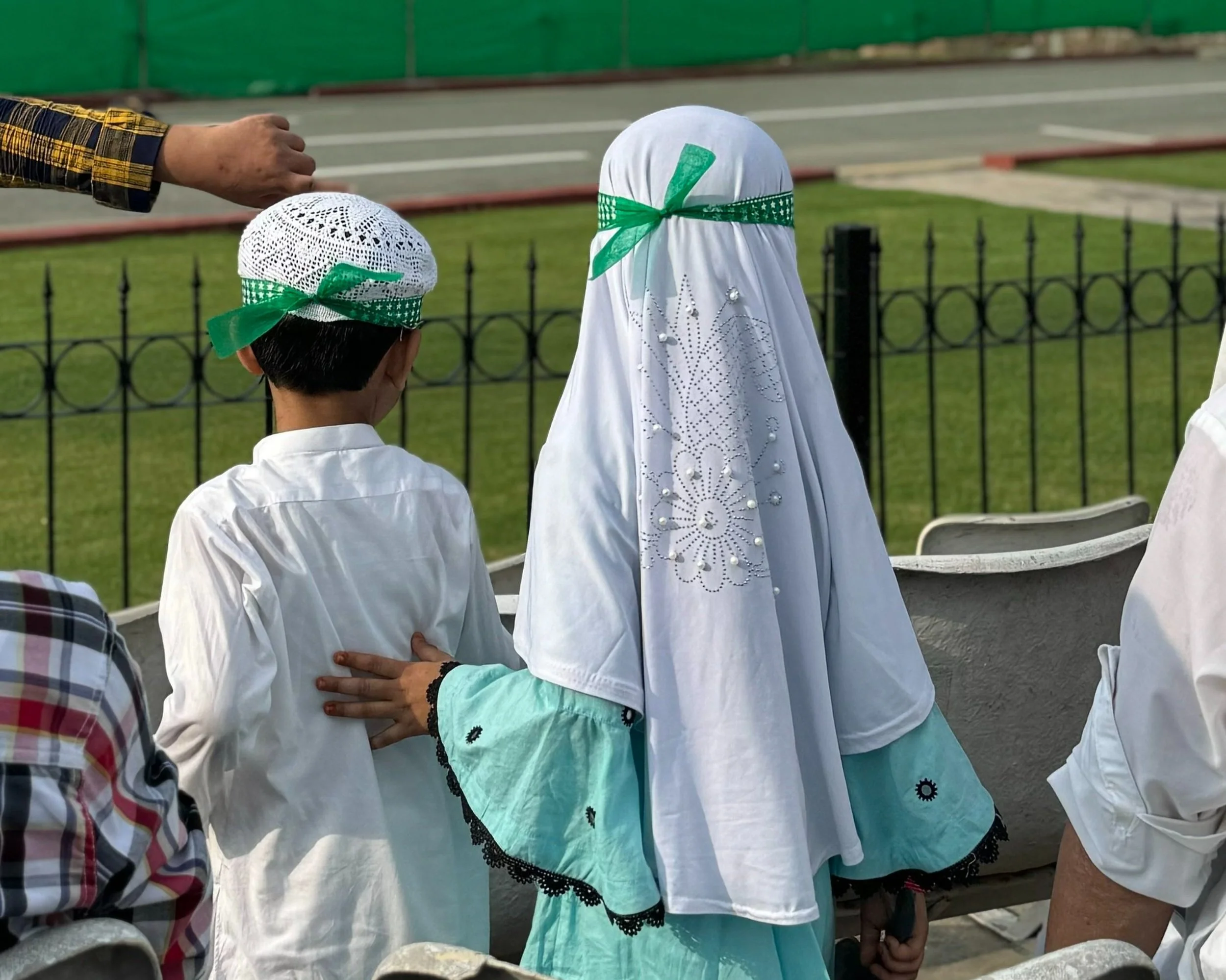The Wagah Border Ceremony - A Unique Display of Geopolitical Tolerance and Cooperation
The Wagah border ceremony is famous for its stark display of nationalism on both sides of the border. Whether you are on the Indian side and singing Hindi songs boasting about the success and predicted future achievements of India, or you are on the more modest Pakistan side, with Allah Akbar and Zindabad Pakistan being chanted over and over again.
The Wagah border ceremony is indeed a unique experience and frankly an odd joint venture. It is a display of two countries with deep political divide separating one another, with continued border skirmishes and outright distain for each other, coming together to coordinate a 20 minute theatrical performance showcasing their military officials lowering their flags for the day as the border closes. Perhaps one of the most bizarre parts about this experience is remembering that this ceremony takes place everyday.
Indian and Pakistan relations have been fractured long before the state of Pakistan actually existed. The partition of India and the creation of Pakistan in 1947 altered the maps from one nation to a rough geographical split along ethnic and religious lines that caused mass immigration and hysteria, historical disputes and the rise of political events that threatened the stability of the region and even the world — when the use of nuclear weapons was a possibility in the 1970’s.
It is no surprise that the partition which was drawn through existing communities has caused problems still rife today. In the last couple of years alone there has been several instances of violent conflict between military officers along the large stretch of mutual land borders they share.
The border ceremony, however, has been tradition for decades. It has continued despite tragedy and threats to the event. In 2014, a suicide bomber on the Pakistan side of the border claimed the lives of 50 people.
In many ways, this is a performance – a theatrical one and one that is actually quite enjoyable to spectate. But how deep does the severance divide India and Pakistan and how is this represented at the Wagah border?
The divide seems deep – particularly when you look at the reality of skirmishes on the border despite Pakistan and Indias official border policies. Today, the border is used as a legitimate crossing between the two nations. However, each country is known to be notoriously strict at letting civilians of the other nationality into their country, even just for tourism. In reality, this border is used for the small amount of tourists who can legally cross the border.
The Wagah Border Ceremony is known for being an interesting and puzzling collaboration of two countries seemingly bound to disagree and antagonise each other in many aspects of foreign governance.
The ceremony provides a rare glimpse of collaboration between the two countries and displays national pride. While the rest of Pakistan and India may have mixed feelings about each other, many people in these countries would welcome a member of the other happily. Likewise, foreign tourists were extremely well received on the Pakistan side – many Welcome to Pakistan! wishes were exchanged and seemingly increased a sense of national pride.
Perhaps the display of national pride is not exactly what divides the two opposing parties at the Wagah Border Ceremony. Actually, it can be perceived as a binding factor. As each side screams and chants for the glory of their own country, there is a strange foundation of common ground that can be reached.


